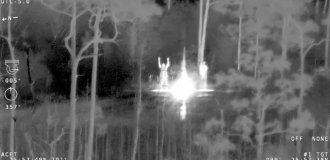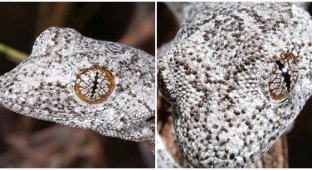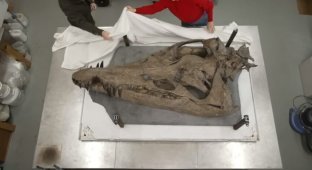230-kilogram "giant geese" lived in Australia 50,000 years ago (5 photos)
The "megabird" Genyornis newtoni once roamed the swamps of Australia, but scientists didn't know what it looked like. Now everything has changed: paleontologists have discovered the most complete skull of this species ever found. 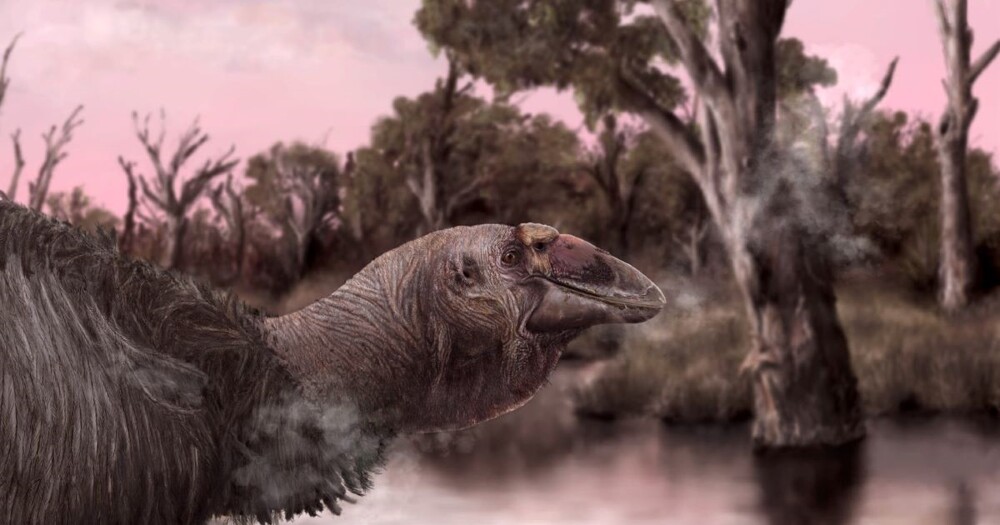
The individual, 2 m tall and weighing up to 230 kg, judging by the new images, looked like a giant goose with small wings and massive paws.
The dodo-like bird is believed to have been exterminated by early humans who fed on its melon-sized eggs. 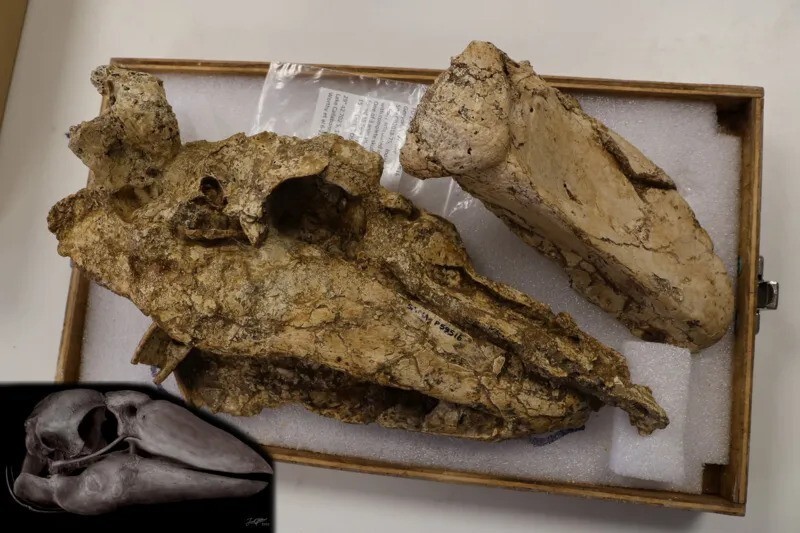
Skull of an ancient Australian "giga goose"
Scientists discovered a well-preserved skull of Genyornis newtoni during an expedition at Lake Callabonna in South Australia.
One of the discoverers, Dr Phoebe McInerney from Flinders University in Adelaide, said the species looked like a "giant goose". 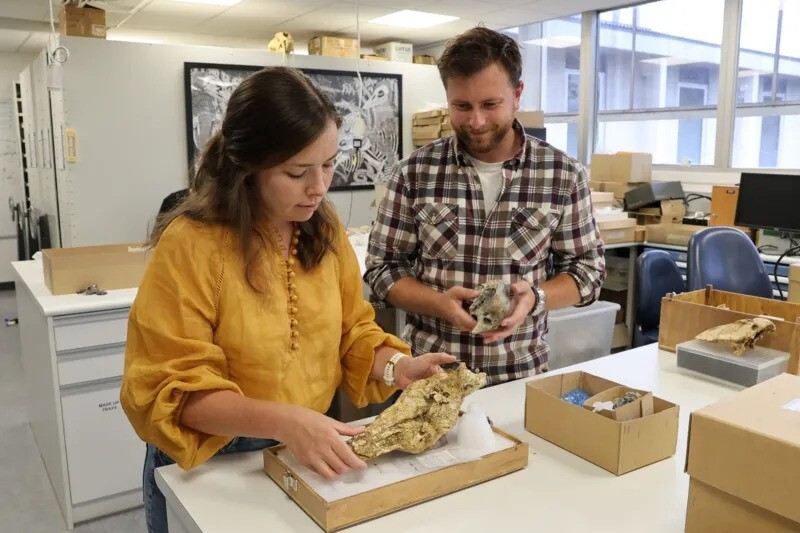
Phoebe McInerney and Jacob Blokland with a Genyornis newtoni skull at the Flinders University Paleontology Laboratory
"Genyornis newtoni had a tall and flexible upper jaw, like a parrot's, but shaped like a goose's, with a wide throat, a strong bite and the ability to crush soft plants and fruit with its palate," says Phoebe McInerney from Flinders University.
This "goose" was the last of the large, flightless dromornithids endemic to Australia. 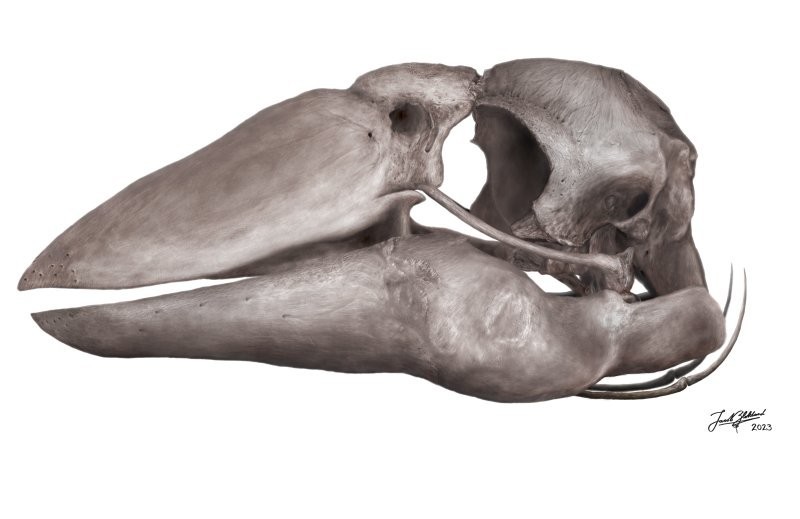
3D rendering of the skull of Genyornis newtoni
The only previously known skull of this species, found in 1913, was badly damaged. But thanks to a new fossil, experts were able to find out what the bird looked like.
"Genyornis was adapted to life in wetlands and lakes," the scientists said in a statement published in The Conversation magazine. "Today, the large bodies of fresh water that once existed in northern South Australia are now dry salt lakes. The survival of this species is under threat threat due to the reduction and disappearance of freshwater ponds and lakes." 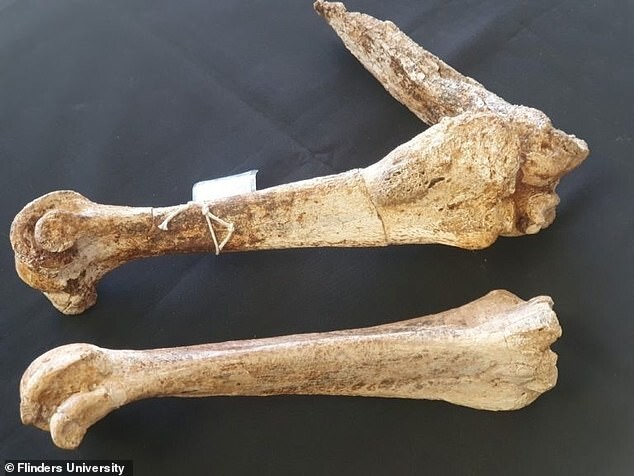
Previous research suggested the species may have suffered from bone diseases








